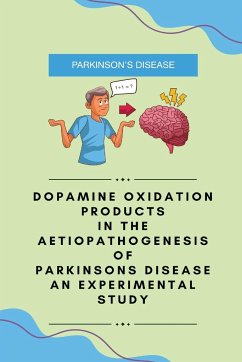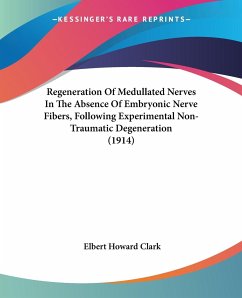The· neostriatum is the principal input structure of the basal ganglia and receive excitatory glutamatergic input from many areas of the cortex . The majority (70 - 90% of total) of neurons (medium & spiny) within the striatum are projection neurons that innervate other basal ganglia structures and use y - aminobutyric acid (GABA) as its main neurotransmitter . There are also a few large cholinergic internemons (large, aspiny) and small somatostatin/ neuropeptide-Y interneurons (small, aspiny). The somatostatin neurons recently have been shown to contain nitric oxide synthase. Thus these cells are capable of producing nitric oxide, a neuronal modulator and potential neurotoxin (Dawson et. al..! 1991 ). The outflow of striatun proceeds along two routes direct and indirect In direct path way, cortical input excite striatal GABAergic neurons, which project to and inhibit MGP and SNpr; MGP and SNpr neurons, kl turn, project to the thalamus (GABA-ergic ventroanterion / ventrolateral nuclei, V ANL). When a particular motor behaviour is selected, the appropriate thalamic nuclei are disinhibited, facilitating the motor programs. Therefore this pathway serves to facilitate motor programs. Striatal neurons of this pathway receive excitatory dopaminergic input from SNpc ( Delong, 1990). In indirect pathway the corticostriatal pathway excites GABA-ergic inhibitory outputs to the LGP, LGP in turn inhibits S1N. Therefore activation of striatal neurons in this pathway disinhibits S1N. S1N are excitatory and project to the MGP and SNpr. MGP and SN pr inhibit the thalamic (V A/VL) neurons which otherwise would facilitate unwanted motor programs ( Standaert and Young, 1996 and Delong, 1990).

